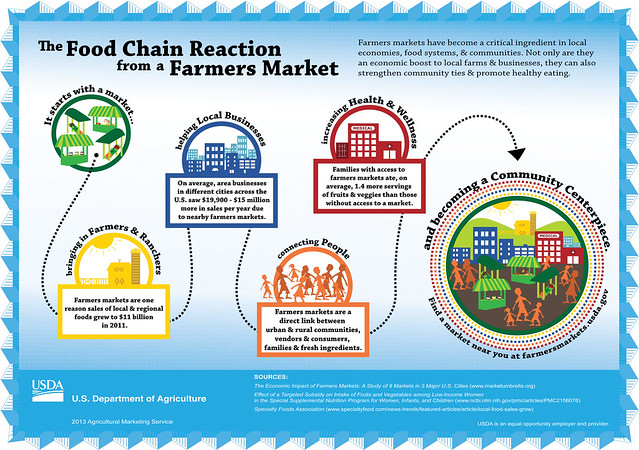How to build a necessary life-skill
Author: Hannah Henry
JSA USA BLOG
Panic rushes over you. You’re late. The alarm didn’t go off, and now you’re scrambling to start your day. As you nearly drip toothpaste down your shirt, you can’t help but wonder, “how did I let this happen?!”
The Cambridge Dictionary defines time-management as “the practice of using the time that you have available in a useful and effective way….” But where do these skills begin? And what is the real benefit?
Basics of Time Management
From the start of life, we learn how to prioritize daily events. From waking up to dinner time to bedtime, we become accustomed to routines. Time management, or what some may say “personal management,” follows the same guidelines, only we adjust our day to fit the non-routine elements better. While this soft skill benefits children of all ages in their learning, it has the long-term impact of benefiting them once they are in the workforce.
Understanding the basics behind managing time can reduce stress, increase performance, and all-around enhance work-life balance. Here are the steps to help manage the time in your day better:
- Prioritize
Start your day off with making a list, identifying which items need to be done first and which tasks take a lower priority. - Organize
If a big project can’t be accomplished in a day, be sure to set deadlines for more bite-sized pieces to ensure success. A great way to do this is by identifying the components needed for the project and then spreading them out on your calendar to be accomplished along the way. - Reduce Distractions
Eliminating all distractions is unrealistic. We will always face a phone ringing, an email landing in our inbox, or the unexpected colleague drop-in, but being able to resume work promptly or putting a non-urgent call or email on the backburner is key. - Eliminate Multitasking
We live in a world where we are trained to jump back and forth between homework assignments or work projects. In our minds, it’s the performance idiom we all know, “kill two birds with one stone.” Yet, when we split our attention, our work tends to suffer. In fact, psychology professor David Meyer, PhD, found that even quick shifts between tasks can cause someone to lose as much as 40% of productive time. - Take Breaks
Giving your mind a break helps replenish your energy and focus, but only after you have finished a task. Before continuing your to-do list, be sure to get up from your desk for a short time to stretch and refresh your mind. - Reward Yourself
By managing your time better, you will face opportunity costs. These costs are things that you could have done instead of spending your time on the prioritized tasks you identified. Not to mention, high productivity can be exhausting! Be sure to disconnect from work when your workday is done and participate in a hobby or activity you enjoy. You’ve earned it!
The Payoff for Employees and Employers
While some may depend on procrastination to give them the willpower they need to meet deadlines, this method rarely results in high-quality work. Employers know the value of an employee with the soft skill of time management and what it means for their team and company. Employees who possess and practice better control of their time often excel in many aspects, including:
- Ability to work under pressure of deadlines
- Dependability on projects and in meetings
- Organization skills in all areas of work
But the payoff doesn’t stop with employers; research from 158 studies of 50,000 people over the past 30 years found 72% of people had greater life satisfaction when they could structure and manage their time. Researchers believe this is due to the sense of self-accomplishment after completing their schedules day-to-day around tasks that align with their internal motivators (values and beliefs).
The proof is in the time stamp when it comes to managing the hours in your day wisely. Not only does it pay off to learn these skills young and perfect them in school, but they also transfer into your value in the workforce and personal fulfillment.






